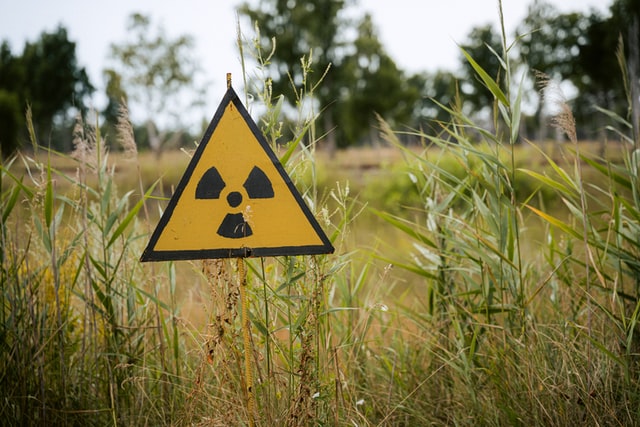Nuclear power has not had the easiest time of late. There have been a number of negative press stories surrounding nuclear power in recent years and coupled with the surge in growth for renewable energies such as wind and solar power, the sector has certainly struggled. But is the negativity around the nuclear energy sector justified? In this article, we’re joined by bolt torque specialist HTL Group as we dig behind the headlines to see just how much of this negative press is justified.
Nuclear power in the modern day
Over the recent years, the world’s dependence on nuclear power has been on the rise. According to the World Nuclear Performance Report 2017, created by the World Nuclear Association, the world’s new nuclear capacity experienced its largest annual increase in 25 years back in 2016, as more than 9 GWe of new nuclear capacity was made available. The number of reactors increased globally, from 441 at the start of 2016 to 448 at the turn of 2017.Turning our attention to 2017, 21 per cent of the UK’s electricity is generated from 15 nuclear reactors, which have a current combined capacity of 9.5 GWe. Despite this, there are plans for half of this capacity to be retired by 2025, largely a result of aging reactors. New generation plants will be created in their place and are expected to come online by 2025. By 2030, the government aims to have 16 GWe of new nuclear capacity in operation.
Taking a look on a global scale
In order to see how nuclear power fares in the modern day, it is important to know just how much we rely on it. We can see this clearly by considering its growth. For the fourth consecutive year, global nuclear generation rose in 2016, weighing in at 2441 TWh. Asia’s share of nuclear output rose most significantly in 2016 — 72 TWh higher than the average growth across the previous five years.
The extension of nuclear energy across the world doesn’t end there either. In April 2017, a further 60 new nuclear power plants were under construction in 15 countries. Of the ten reactors that were connected to the grid in 2016, half were constructed in China. India, South Korea, Pakistan, Russia, and the USA each connected one reactor.
The speed of construction has also increased for nuclear reactors. In terms of speed of constructing and building, China had the best performance — five of the six reactors that were built in the shortest time were built in China.
The problems facing the nuclear energy sector
For course, nuclear energy has not been without major issues. In 2011, a nine magnitude earthquake and tsunami shook Japan, sending three of the Fukushima Daiichi nuclear reactors into melt-down. The event naturally shocked the world, triggering many governments — not just Japan’s — to rethink their attitudes to nuclear power.
The event naturally had huge ramifications across the world. Before the accident, there were 442 nuclear reactors in the world, producing 14 per cent of the global electricity output. In the aftermath of the event in 2012, 15 reactors exited service and electricity production fell to 11 per cent.
Different countries reacted in different ways in the wake of the disaster. Japan, Germany and Switzerland rethought their nuclear plans in wake of the event. Switzerland even vowed to phase out its nuclear production by 2034. To this day, many are still not convinced about the potential offered by nuclear power, due to safety concerns around meltdowns and how waste is disposed of.
But some countries did not react in the same way, choosing not to review or overhaul their existing nuclear energy approach. With their determination unwavering, France and the USA all endeavoured to continue their reliance on the power source. Likewise, by 2050, India aims to supply 25 per cent and Russia 45 per cent of their electricity from nuclear power. In addition, Brazil plans on building five new nuclear reactors by 2030, while China plans to operate 20 nuclear reactors by 2020.
Addressing the problem
There is now a clear divide in the opinion of nuclear energy, with some embracing its use and others, understandably, worried about the ramifications of such a disaster in the future. However, before the sector can move forward, considerations must be made to address its existing drawbacks.
One drawback is the time it takes to build a nuclear power plant. Compare the build-time for a nuclear power plant against building a renewable energy alternative, such as a wind farm. Nuclear power plants can take between five and 20 years to build — or sometimes more. In contrast, a large wind farm (50 MW) can be constructed in just six months. We need to bridge this construction time gap without compromising on safety, or at the very least, get to a point where nuclear power stations are built at such a rate that they’re able to better support the UK’s energy use.
But that’s not to say that nuclear doesn’t have its benefits. One of the main benefits of nuclear power is the reduction in carbon emissions it can help deliver. However, for the UK to get the greatest benefit from emissions reductions, we need to make a decision around how we can best make use of nuclear power. Only then can nuclear power sway its critics and help us move forward


